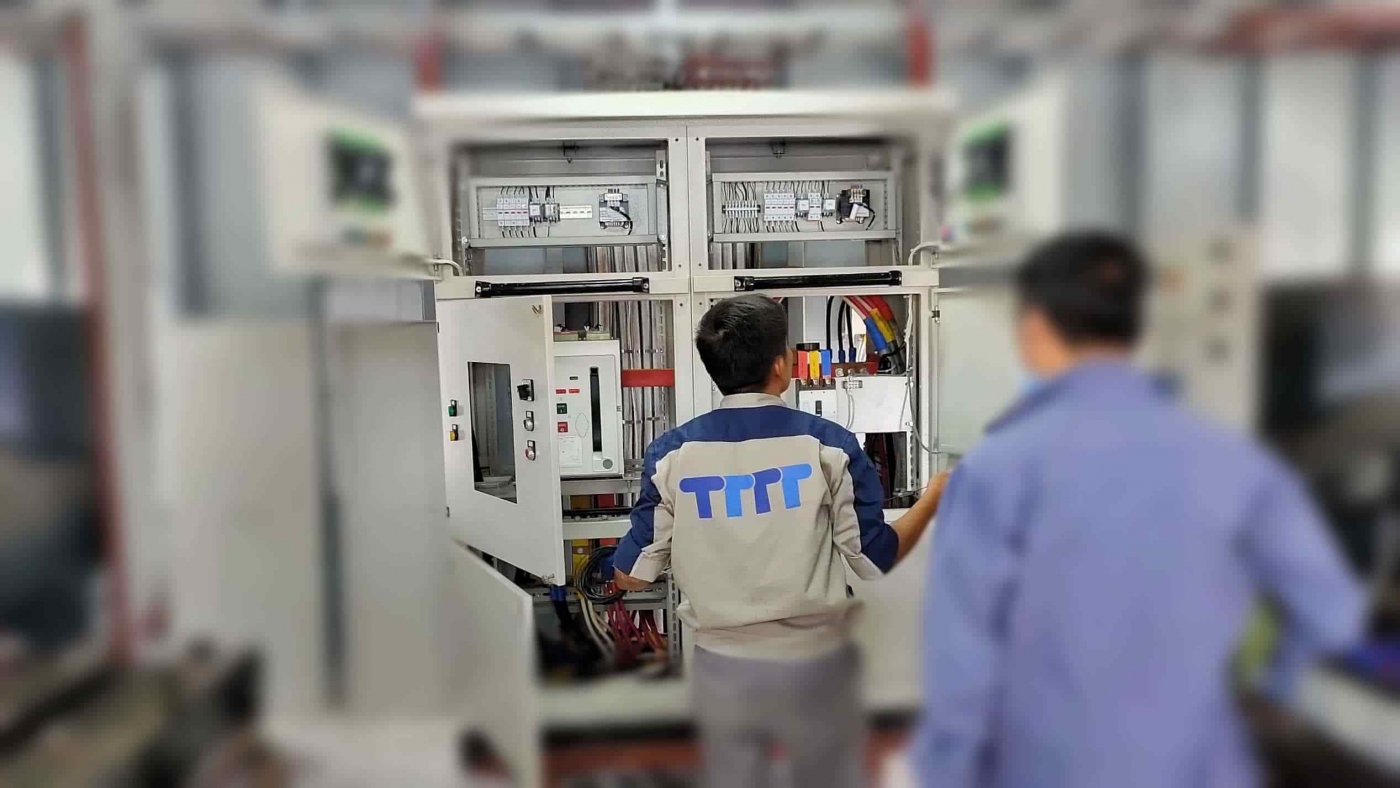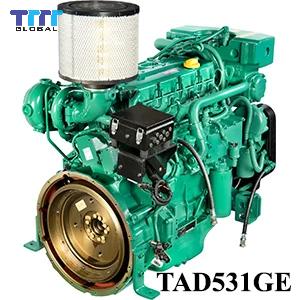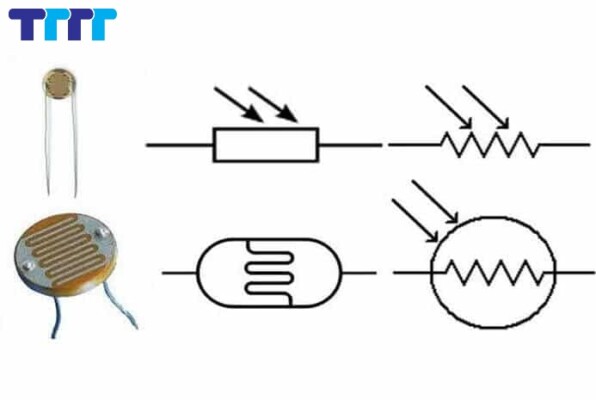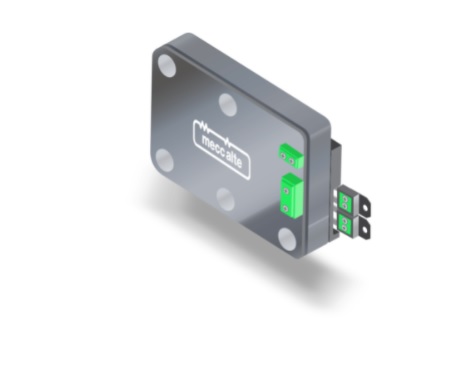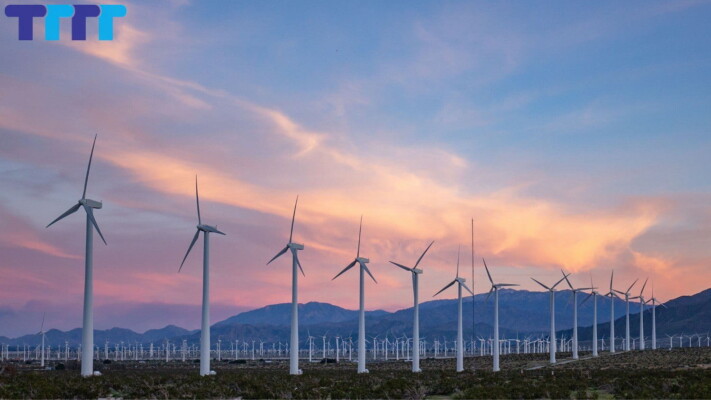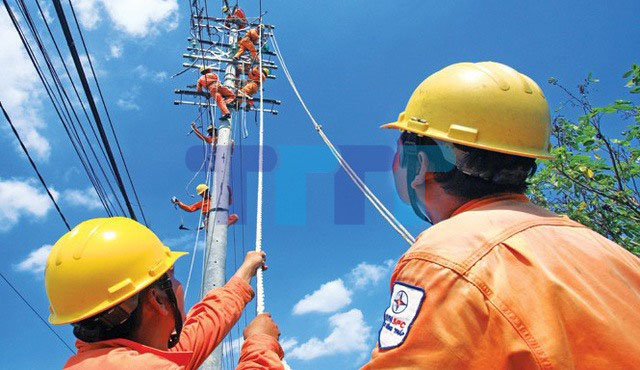Hydroelectricity is a form of electricity generation using water. It is created by using the force of flowing water to turn the blades of a generator, creating electrical energy. Using water to generate energy has been done for a long time, but modern hydroelectricity was created in the late 19th century and began to be strongly developed in the 20th century. So is hydroelectric renewable energy?
You may be interested in the following articles:
- What is the salary of electroncics and telecommunications engineering?
- What do girls do after studying electronics and telecommunications?
Contents
Is hydroelectric renewable energy?
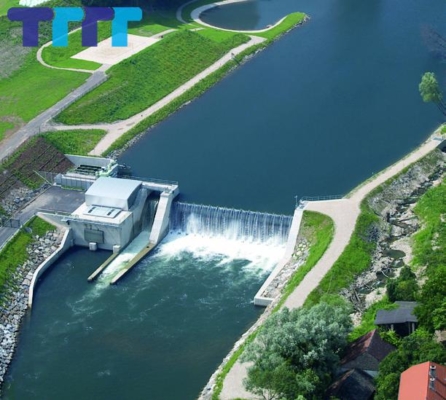
So is hydroelectricity renewable energy? Hydropower/hydroelectricity is considered a form of renewable energy because it uses water, a natural resource that never runs out. By using dams and pipelines, water can be stored and used to produce electricity during the dry season.
In addition, hydropower can also be combined with new technologies such as solar and wind power to create a variety of renewable energy sources. Using multiple energy sources helps to optimize electricity production and minimize environmental impact.
The difference between renewable and non-renewable energy
While hydropower is considered a form of renewable energy, not all energy sources can be regenerated after use. Electricity from fossil sources such as coal and oil cannot be regenerated, so they are called non-renewable energy.
The use of non-renewable energy sources is leading to resource degradation and negative impacts on the environment. Therefore, the use of renewable energy sources such as hydropower is very important to protect resources and the environment.
See more: Genuine 12V and 24V charger
How does hydropower play a role in protecting the environment?
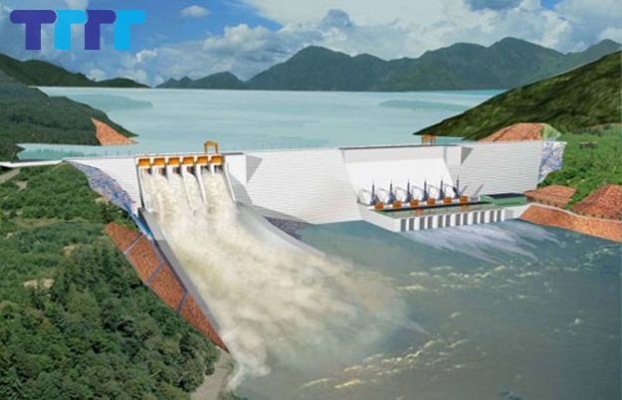
Hydropower plays a very important role in protecting the environment. First, as mentioned above, hydropower is a form of renewable energy, helping to minimize the impact on the environment from the use of non-renewable energy sources.
In addition, hydropower also helps to minimize greenhouse gas emissions. Using water to generate energy instead of fossil fuels helps to minimize CO2 emissions and other harmful emissions into the environment.
Hydropower is also an important tool in flood control. Hydropower dams help control the flow of water, minimize the impact of floods and protect the lives and property of people in the area.
Emission reduction
Hydropower does not produce emissions like energy sources from coal, oil or gas. This helps to minimize greenhouse gas emissions and air pollution, protecting human health and the living environment.
Protecting Biodiversity
The construction of hydroelectric projects must be designed so that they do not affect the biodiversity of the area. This helps protect local plants and animals from extinction and maintains ecological balance.
Flood Control
Hydropower can help control floods by regulating the flow of water in rivers. This helps protect residential and agricultural areas from flooding and damage caused by heavy rains.
Advantages and disadvantages of hydropower
Advantages of hydropower
Renewable energy source
One of the biggest advantages of hydropower is that it uses water, a renewable resource, and does not cause emissions or pollution. This helps to minimize the impact of the electricity industry on climate change and the environment.
Stable and reliable
Hydropower provides a stable and reliable source of energy because it does not depend on variable factors such as wind or sunlight. This helps to ensure a continuous supply of electricity to areas using electricity.
Flood control
The construction of hydropower dams can help control floods by regulating the flow of water in rivers. This helps to protect residential and agricultural areas from the risk of flooding and damage caused by heavy rains.
Disadvantages of Hydropower
Environmental Impacts
Although hydropower is considered a clean source of energy, the construction of hydropower projects can have negative impacts on the environment. Changing the flow of rivers can affect local ecology and the lives of fish and aquatic animal.
Impacts on local communities
The construction of hydropower plants can change the population and economic structure of local communities. This can cause disputes and conflicts over the use of land and natural resources.
Types of hydroelectric in use today

There are many types of hydropower in use today around the world. Here are some of the most common types of hydropower and how they work:
Hydroelectric Dams
Hydroelectric dams are the most common type of hydropower and have been used for a long time. They work by storing water at a high location, then allowing the water to flow through generators to create energy. Hydropower dams can be built on rivers with concrete or earthen dams, depending on the terrain and engineering conditions.
Free Flow Hydropower
Free flow hydropower works by using the natural attraction of flowing water. It does not require water storage like a hydropower dam, so it has less impact on the environment. However, free flow hydropower requires a special terrain and is not suitable for all locations.
Variable Flow Hydropower
Variable flow hydropower is used in areas where water flow varies seasonally. It works by building large reservoirs to store water during the dry season, then letting the water flow through generators during the wet season. This optimizes the use of water resources and produces electricity throughout the year.
Hydropower
Hydropower works by using the void space created by differences in water levels to generate energy. Hydropower plants are often built in areas with cliffs and fast-flowing rivers.
See more: Latest wind power charger price 2024
Company name:
TTTT GLOBAL co Ltd,.
- Address: Landmark 4 Building, Vinhomes Central Park, 720A Dien Bien Phu Str, Ward 22, Binh Thanh District, Ho Chi Minh City, Vietnam.
- Website: https://ttttglobal.com/en/
- Hotline: +84286 2728 334
- Email: Info@ttttglobal.com

